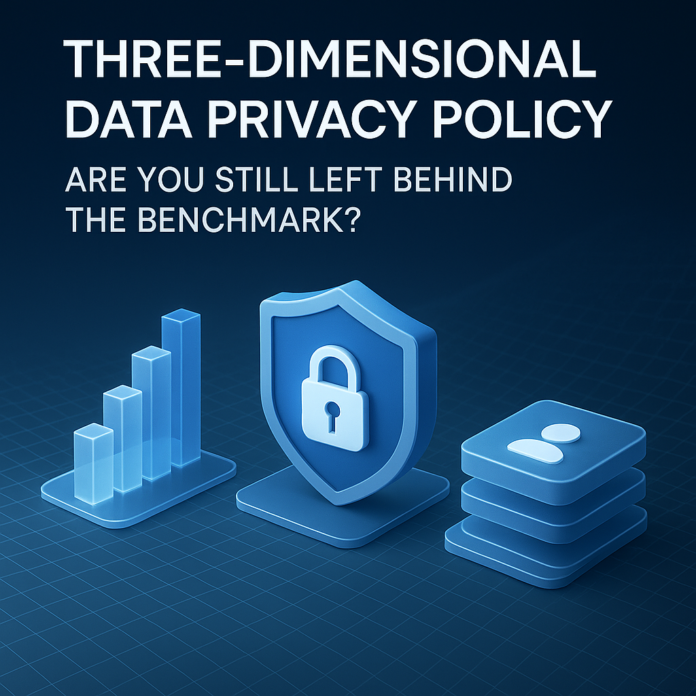The concept of a “three-dimensional data privacy policy” refers to a multifaceted approach to expressing privacy policies.
This approach aims to overcome the limitations of traditional privacy policies by combining the benefits of three distinct dimensions: natural language, graphical representations, and machine-readable formats.
The real Data Privacy Policy warrants the following approach:
1. Natural Language Privacy Policies
Natural language policies are written in plain text, making them accessible and understandable to the general public.
These policies are often used to provide detailed explanations of how personal data is collected, used, and protected.
However, they can sometimes be lengthy and difficult to navigate, which may deter users from reading them thoroughly.
2. Graphical Privacy Policies
Graphical representations use visual elements, such as icons, charts, or diagrams, to convey privacy information.
This dimension is particularly useful for summarizing key points and making privacy policies more engaging and easier to comprehend at a glance.
Graphical policies can help bridge the gap for users who may find text-heavy documents overwhelming.
3. Machine-Readable Privacy Policies
Machine-readable policies are designed to be interpreted by software systems. These policies use standardized formats, such as XML or JSON, to enable automated processing and compliance checks.
This dimension is crucial for ensuring that privacy policies can be integrated into digital systems and for facilitating interoperability between organizations.
Benefits of the Three-Dimensional Approach
By combining these three dimensions, privacy policies can cater to a wider audience and address various needs:
- Accessibility: Natural language ensures that policies are understandable to non-technical users.
- Clarity: Graphical elements make key information more digestible.
- Automation: Machine-readable formats enable seamless integration with digital tools and compliance systems.
This approach is increasingly relevant as privacy regulations evolve and organizations strive to enhance transparency and user trust.
The three-dimensional approach to data privacy is now the standard that Data Protection Officers (DPOs) and companies can no longer afford to overlook, but needs super-specialisation to meet this benchmark.
This article is an academic initiative brought to you by the Data Privacy Pro team, India’s leading source for cutting-edge insights in data privacy. Stay updated, stay compliant.

